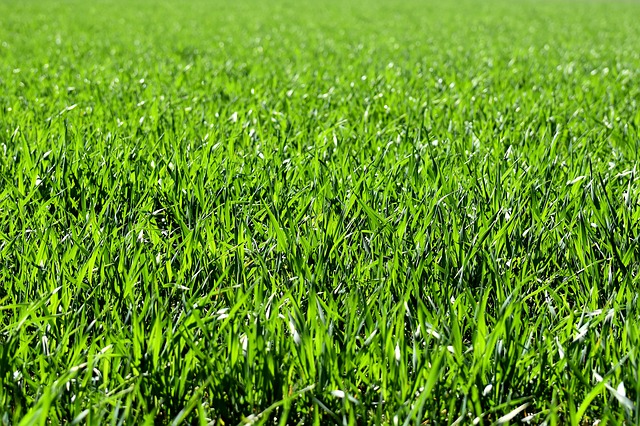While soil testing is normally used to control a crop environment in the agriculture industry, the soil of sports or equestrian fields also require close management. The purpose of a sports field is to provide a safe and consistent terrain for athletes that won’t wear out. Sports turf can be made completely from the soil that originally existed at the location, but a well-designed field will artificially bring in the best soils for the purpose of withstanding high-traffic. For a natural sports field, maintenance may require the testing of the soil to ensure a homogenous surface.
What Affects the Texture of a Soil
Providing the best surface for sports players will often mean a compact but cushioning soil texture. Soil texture is based on the relative proportion of sand, silt, and clay the soil contains. Sand is an extremely safe surface, as seen in many children’s playgrounds. Along with other coarse-textured soils, sand has a large particle size and does not hold water very well. This means it has better drainage but does not stick together very well. This can be seen by the formation of sand dunes simply from the wind.
Completely sandy soil will not be reliable enough for a long-term installation, but a composite including sand may be used to improve its drying. Finer textures like clay and silt will stick together but also create a harder surface that won’t be fun to land on. Any organic matter living in natural soil will also affect the strength of the soil. In clays and silts, organic matter adds aeration and drainage while in sands organic matter supports the retaining of water. Clearly, a sports field requires delicate maintenance to get the right balance of each factor for the best texture.
How Soil Testing Helps to Improve a Field
A soil test uses scientific results to analyze the components of the field. These results can be used to provide a plan of what needs to be done to improve the soil, and to know what to add and how much to get there. These tests will find out the concentration of nutrients, the pH, and the solubility of the soil which all add to the strength of the turf. Diagnosing any weakness allows remedying whether it be through adding organic matter to balance the nutrients, adding or reducing acidity to balance the pH, or changing the texture to increase the resistance to water.
The results for a soil test can take a few weeks to return, so planning a test way ahead of the time necessary for choosing a soil composition will be important. Haverland AG Innovations can provide soil testing for any athletic field and optimize the surface on which the athletic community stands on. Give us a call at 561-369-7994.
